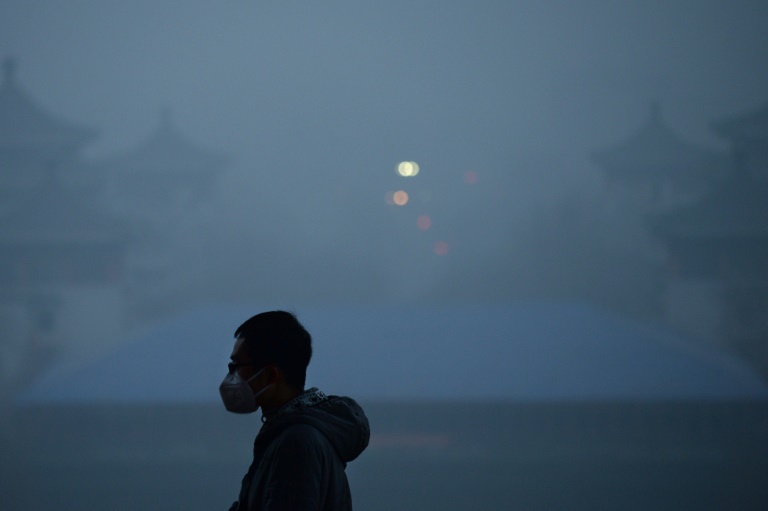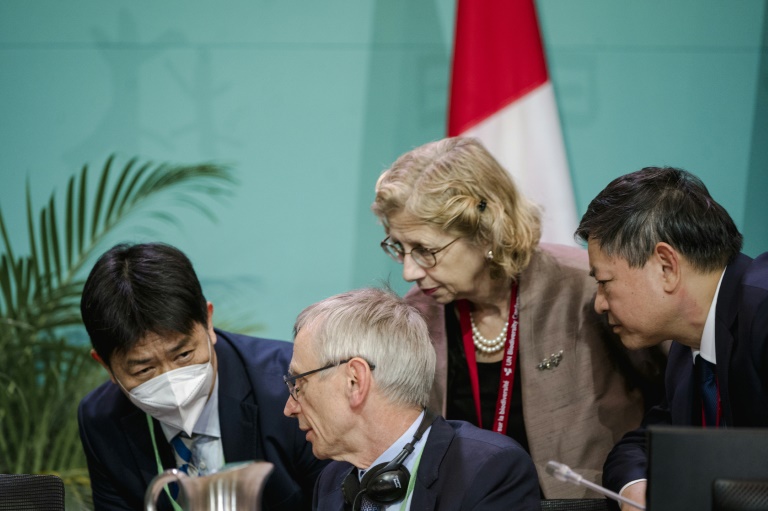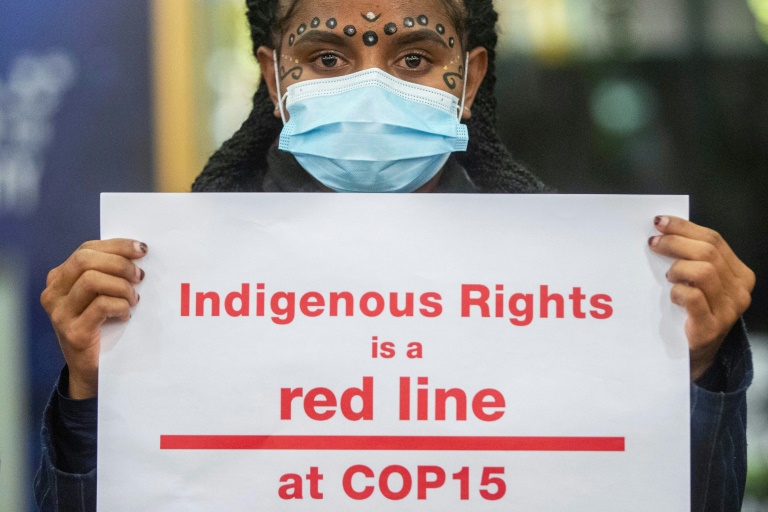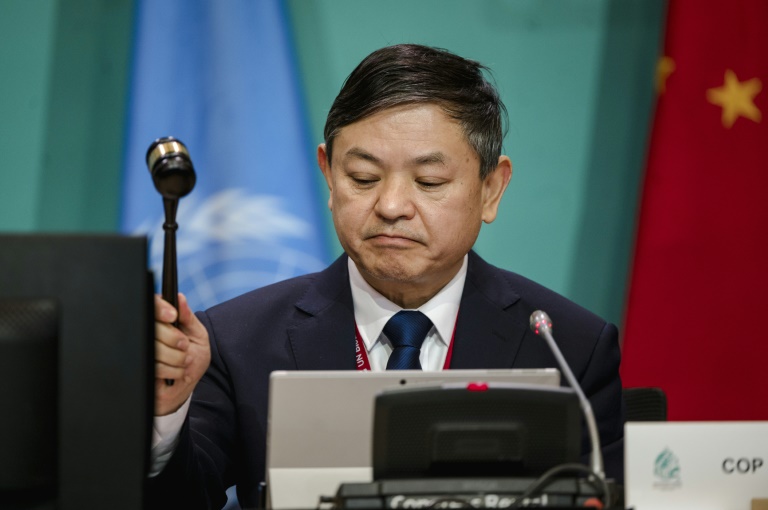After the UN issued its starkest report yet on the consequences of global warming, pressure is on China — the world’s biggest polluter — to deliver on its own climate goals.
President Xi Jinping has vowed his country will reach peak emissions before 2030 and become carbon neutral by 2060.
But so far, there is no action plan for achieving these goals.
Progress on a climate change law to rein in polluting sectors such as steel, iron and cement has stalled due to industry pressure, while new coal plants are proliferating.
Here’s a rundown of what China says it is doing to combat climate change.
– Curbing coal? –
Xi has vowed to “phase down” coal use from 2026.
Despite the big promise, China is building coal plants in more than 60 sites across the country, while idling plants have reopened.
Last year, the country added 38.4 gigawatts of coal-power capacity — more than three times the amount built elsewhere in the world, according to data from Global Energy Monitor (GEM), a US-based organisation which catalogues fossil fuel projects worldwide.
“This new coal binge is undermining both short- and long-term climate goals,” said Christine Shearer, GEM’s coal programme director.
China’s top economic planner told provinces last week to slow down efforts to curb emissions and make sure they do not hurt economic growth.
Shuttered coal mines have reopened as demand for electricity surges.
“These mixed signals have confused both investors and local governments,” Martin Wang, an analyst at Guotai Junan Securities, said.
“No one is sure when to pull out their money from coal.”
The return to coal appears to run against the incentives offered by the launch of the world’s biggest carbon trading market last month to prod China’s power companies to curb emissions.
The price for a ton of carbon has hovered around the 50 yuan ($7.7) mark, too low to prompt a switch to cleaner fuels.
– Investing in renewables –
For China to meet its emissions targets, 90 percent of power should come from nuclear and renewables by 2050, according to researchers at Tsinghua University in Beijing.
Currently it is just 15 percent.
China has more than a third of the world’s installed wind and solar capacity and electricity generated using renewables is now cheaper than that made with coal.
“But utility companies are still reluctant to increase the amount of green electricity they purchase because of intense pressure from the coal lobby,” said Han Chen, China energy policy researcher at the National Resources Defense Council, a US-based climate advocacy group.
“That is why renewables only contribute to 15 percent of China’s energy mix despite all the investments flowing into the industry.”
Beijing has pledged to invest in smart grids and energy storage over the next five years, to allow wind and solar energy generated in remote western regions to power factories on the east coast.
Investment in nuclear plants has also gone up. Over the next 15 years, Beijing wants to install at least 200 gigawatts of nuclear capacity. That is more than the installed capacity in the US and France -– the world’s two biggest users of nuclear power.
– Electric vehicles –
A quarter of China’s greenhouse gas emissions come from transport and the government has poured in billions to promote cleaner alternatives.
One in 20 cars sold in China today is an electric or hybrid vehicle and most big cities have thousands of public charging stations.
Public buses in most cities run on electricity, while electrified roads for smart vehicles are being rolled out.
But Beijing started withdrawing support for electric car manufacturers in 2020 after several high-profile subsidy fraud cases rattled the industry.
– Reforestation –
Beijing has planted more than 40 billion trees over the past three decades, creating large carbon sinks that can absorb greenhouse gases. More than 22 percent of the county is now covered by forests, up from just 12 percent in 1978.
But experts say these planted forests are monocultures that can be easily destroyed by pests and droughts.
Overall, critics warn China has a long way to go to reach its own targets.
“China is in a cycle of carbon-intensive growth… reversing progress made in the early 2010s,” Li Shuo, Climate policy adviser at Greenpeace China, said.
“The key is to cut the country’s addiction to fossil fuel. Doing so is still being perceived by some as suicidal.”









